How to Optimize your Facebook Ads
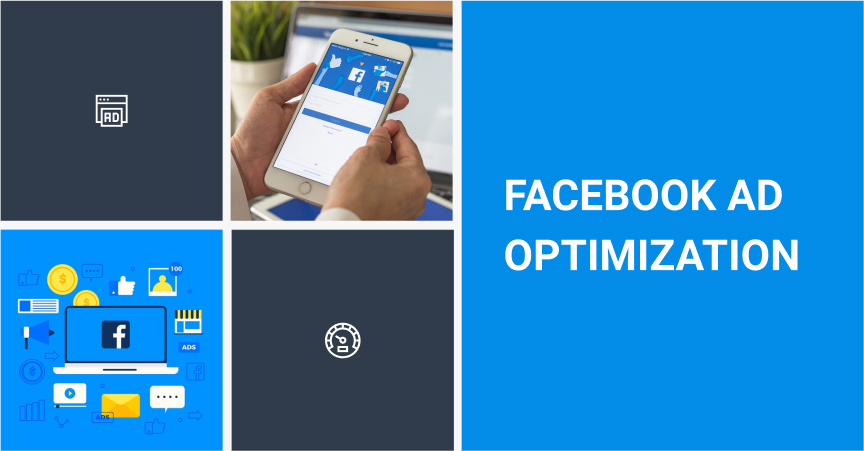
Optimizing your Facebook ads is essential to maximize their effectiveness and achieve your advertising goals. And the easiest way to maximize results from your Facebook ad campaigns is to let us do the work for you. All you have to do is tell us your business goals and determine who you want to reach, and from there, our advertising optimization tools will find the people you’re looking for and utilize your ad spend most effectively to drive results for your business. So, Here are some tips to Optimize your Facebook Ads:
Tips to Optimize your Facebook Ads
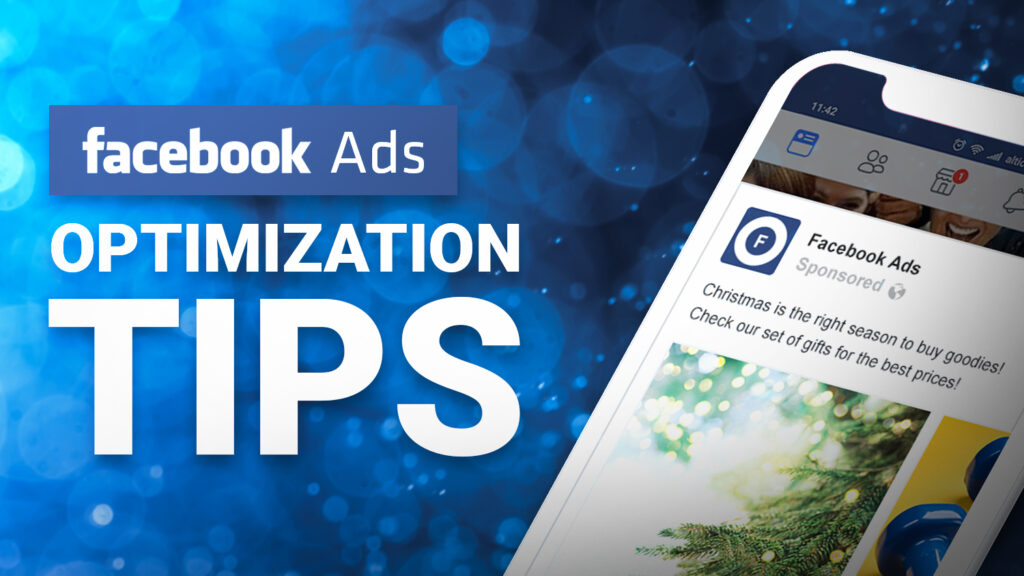
1) Define Clear Objectives:

Defining clear objectives for your Facebook ad campaigns is crucial for guiding your optimization efforts and measuring success accurately. So, Here’s are some common objectives:
- If your goal is to enhance brand visibility and recognition, focus on metrics such as reach and impressions.
- When your objective is to drive traffic to your website, track metrics such as link clicks, click-through rate (CTR), and landing page views.
- So, Optimize your ad creative and messaging to encourage users to click through to your website.
- If your primary objective is to drive sales, focus on metrics such as conversions, return on ad spend (ROAS), and cost per acquisition (CPA).
And Measure success by tracking conversions, lead form submissions, and cost per lead.
2) Define your Target Audience:

If you know who you’re trying to reach, just enter information about your audience and we’ll find them across our family of apps and services. You can also create Custom Audiences to reach your existing customers or people who have previously engaged with your business. So, Here’s some key points to define your target audience:
Start by considering demographic factors such as age, gender, location, and language. Think about who your ideal customers are and where they are located.
Identify the interests, hobbies, and activities that are relevant to your products or services.
Understand the behaviors and online activities of your target audience.
- Use Facebook’s audience insights and testing tools to experiment with different targeting criteria and measure performance.
3) Choose the Right Bidding Strategy:
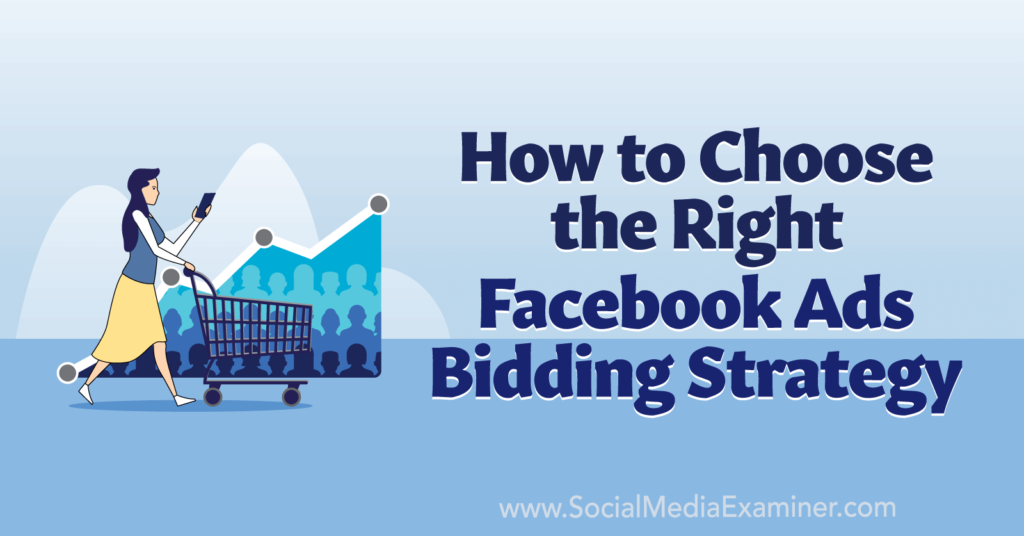
Their are 5 different types of bidding strategy in Facebook ads:
- Highest volume (formerly lowest cost)
- Cost per result ( formely cost cap)
- ROAS goal (formerly cost cap)
- Highest value
- Bid cap
If you’re running an ad with a lead generation focus and you have your funnel mapped out with costs and conversion rates, then cost per result bidding is a great choice. If you don’t have clear idea on what an ideal cost per conversion will be, go with highest volume. If you’re an ecommerce business and you’re running ads for purchases with a fixed conversion value, cost per result, ROAS goal, or highest value would be best.
When choosing a bidding strategy, consider your campaign objectives, budget, level of experience, and desired level of control. So, Test different bidding strategies and monitor performance closely to determine which approach works best for your specific goals and circumstances.
4) Go for the Full Funnel:
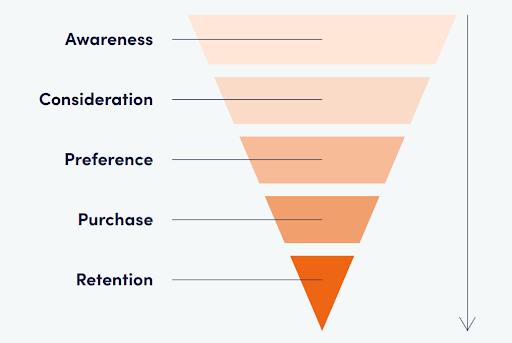
When you’re aiming for a full-funnel approach with your Facebook ad campaigns, you’re looking to guide potential customers through every stage of the customer journey, from initial awareness to conversion. so, Here are some tips to approach:
Top of Funnel(TOF)- Awareness
- At this stage, your goal is to generate awareness and attract the attention of your target audience.
- Create engaging and visually appealing ads that introduce your brand, products, or services to your target audience. Use attention-grabbing visuals, compelling messaging, and storytelling to capture interest.
- Target a broad audience based on demographics, interests, and behaviors relevant to your business.
- Choose objectives such as Brand Awareness or Reach to maximize visibility and exposure.
Middle of Funnel(MOF)- Consideration
- Now that you’ve captured attention, your goal is to nurture potential customers and encourage further engagement.
- Provide valuable content that educates and informs your audience about your offerings. This could include product demonstrations, customer testimonials, educational content, or special offers.
- Narrow your audience based on engagement with your brand, such as website visitors, email subscribers, or social media engagers.
- Consider objectives like Traffic (driving users to your website), Engagement (encouraging interactions), or Lead Generation (capturing contact information).
Bottom of Funnel(BOF)- Conversion
- At this stage, your goal is to convert interested prospects into paying customers or leads.
- Create compelling offers and calls-to-action (CTAs) that prompt action, such as making a purchase, signing up for a trial, or requesting a quote.
- Target users who have shown high intent or are close to making a purchase, such as website visitors who have viewed specific product pages or added items to their cart but haven’t completed the purchase.
- Choose objectives focused on conversions, such as Conversions (tracking specific actions on your website) or Catalog Sales (promoting products from your catalog).
Post-Purchase and Retention:
- After the conversion, your goal is to nurture customer relationships, encourage repeat purchases, and foster brand loyalty.
- Offer post-purchase support, recommendations, loyalty rewards, or exclusive deals to encourage ongoing engagement and retention.
- Target existing customers or recent purchasers with personalized offers and content based on their previous interactions with your brand.
- Consider objectives like Catalog Sales (for promoting related products), Engagement (to keep customers engaged with your brand), or Retargeting (to re-engage users who have previously interacted with your website or app).
5) Be Flexible with your Ad Placement:

Being flexible with your ad placement on Facebook allows you to optimize your campaigns for maximum reach, engagement, and conversions. Different audiences may prefer different platforms or placements. For example, younger audiences might be more active on Instagram and Stories, while professionals might engage more on Facebook and Messenger. And adjust your placement strategy based on the demographics and behaviors of your target audience. Here are some key points to be flexible with your ad placement:
1) Track key metrics such as impressions, clicks, conversions, and cost per result for each placement to identify which ones are driving the best results.
2) Stay flexible and adaptive in your approach, and be prepared to adjust your ad placement strategy based on evolving performance trends and insights.
3) Conduct A/B tests to compare the performance of different placement combinations
4) Facebook offers a variety of ad placements across apps and services, including Facebook, Instagram, Messenger, Audience Network, and Stories.
6) Monitor and Analyze Performance:
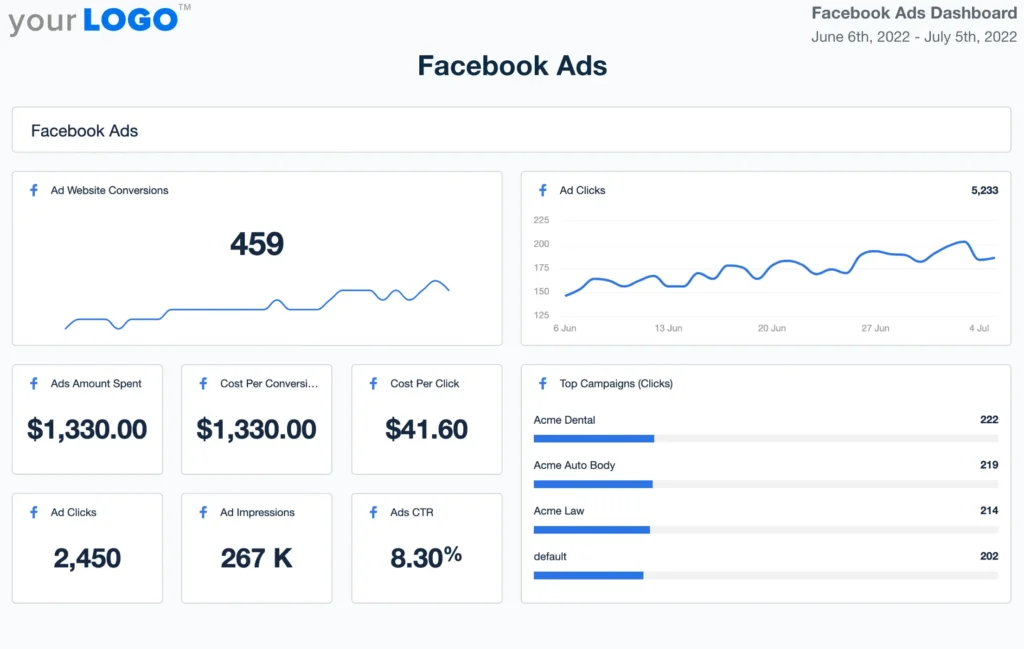
Regularly monitor the performance of your Facebook ads using Facebook Ads Manager. Track key metrics such as impressions, clicks, conversions, click-through rate (CTR), cost per click (CPC), and return on ad spend (ROAS). So, Use this data to identify trends, optimize campaigns, and make data-driven decisions. So, Here are some tips to effectively monitor and analyze performance:
a) Set Up Facebook Ads Manager
Make sure you have access to Facebook Ads Manager, which provides comprehensive insights and analytics for your ad campaigns.
b) Define Key Metrics
Determine which key metrics are most relevant to your campaign objectives. Common metrics to track include:
- Impressions: The number of times your ad is displayed.
- Clicks: The number of times users click on your ad.
- Conversions: The number of desired actions taken by users (e.g., purchases, sign-ups).
- Click-through Rate (CTR): The percentage of users who click on your ad after seeing it.
- Cost per Click (CPC): The average cost you pay for each click on your ad.
- Return on Ad Spend (ROAS): The revenue generated for every dollar spent on advertising.
c) Regular Monitoring
Check your ad performance regularly to identify any fluctuations or trends. Monitor performance on a daily or weekly basis, depending on the duration and scale of your campaigns.
d) A/B Testing
Conduct A/B tests to compare different ad variations and strategies. Test elements such as ad copy, imagery, audience targeting, and bidding strategies to identify the most effective approaches.
e) Compare Performance Over Time
Compare current performance metrics to historical data to identify trends and patterns. Look for changes in metrics such as CTR, CPC, and conversion rates over time.
Installing the Facebook pixel on your website is crucial for tracking conversions, optimizing ad targeting, and remarketing to website visitors on Facebook. The first step in building a successful ad campaign on Facebook is installing the Facebook pixel on your website. The Facebook pixel helps track actions taken on your website so you can learn more about your customers and the people engaging with your business, and then optimize your ad campaigns to reach the right people. And you can visit the Advertiser Help Center for more information about installing the Facebook Pixel. So, Here are some that will guide you to installation the Facebook pixel:
Create a Facebook Pixel
Add the Pixel Code to your Website
Verity Pixel Installation
Set Up Standard Events (Optional)
Customize Pixel Settings (Optional)
Publish Changes
8) Target Influencers Audience:
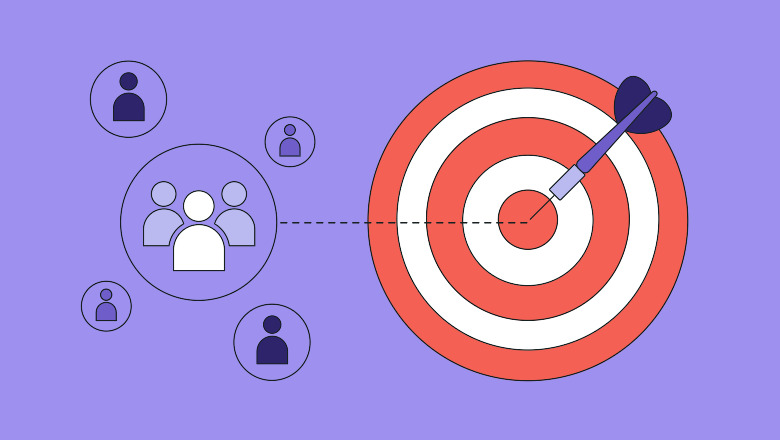
* Targeting influencers’ for Facebook Ads can be a strategic approach to reaching a highly engaged and relevant audience for your brand. And Consider collaborating with influencers through sponsored content, partnerships, or influencer marketing campaigns.
* Work with influencers to create authentic and engaging content that resonates with their audience while promoting your brand or products. And Utilize social media advertising platforms like Facebook Ads or Instagram Ads to target the followers of specific influencers.
* Develop compelling content that aligns with the interests and preferences of the influencer’s audience.
* So, Tailor your messaging, visuals, and offers to resonate with the influencer’s followers and encourage engagement and action.
* Monitor the performance of your influencer targeting campaigns closely and track key metrics such as reach, engagement, click-through rates, and conversions.
* Use the data to optimize your targeting strategies and refine your approach over time.



